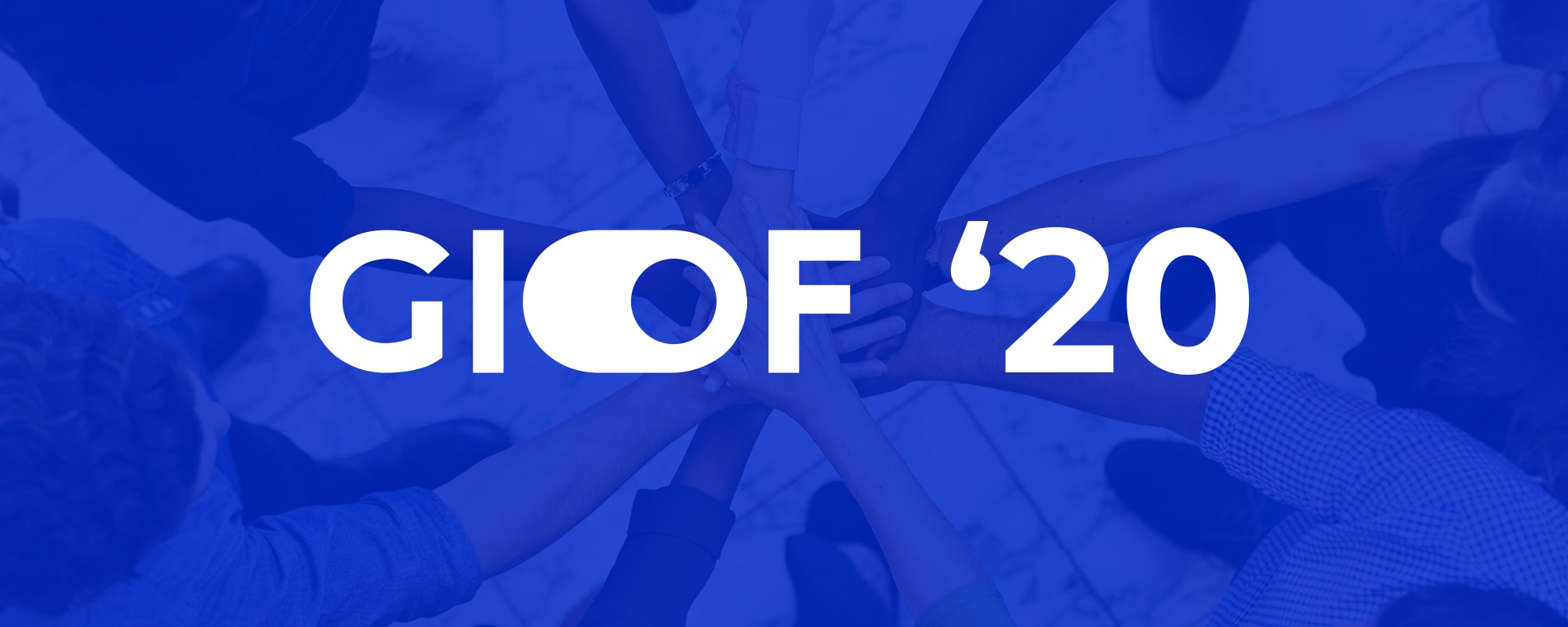PROMOTIONS WITHOUT BIAS: A LOW HANGING FRUIT OR UNATTAINABLE DREAM?

Promotion decision-making processes vary, and are almost never ideal or free from bias. Despite the fact that multiple innovative HR tools have made it possible to make collective decisions in a quick, formalized, and bias-free manner, promotion decisions remain one of the main sources of employee complaints all over the world, in large, medium and small companies alike.
According to a survey by the Harvard Business Review, employees are over twice as likely to increase effort at work and plan a long-term future with their company when they believe promotions are managed effectively. Promotion, however, is one of the main sources of employee complaints, with 53 % of workers worldwide saying promotions are unfair, according to Great Place to Work®.
In small and medium sized businesses, promotion decisions are typically made by direct supervisors, in coordination with HR departments, and are then approved by senior management. Large corporations usually have a more complicated procedure, with promotion committees that review applications and collectively decide who should be promoted, though there is still often significant input from candidates’ direct supervisors. In corporate giants, such as Google, Amazon, Apple, for example, supervisors can take effort to convince promotion committees of a candidate’s leadership potential by attending the committee’s meetings and advocating in person. In other cases, they may simply write a formal review which will lead to no promotion.
While involving direct supervisors in the promotion decision-making process is very logical, since arguably they have the most accurate view of the employee’s work, it may not always be ideal. For example, a poor working relationship between employee and supervisor may unfairly limit promotion prospects.
For example, when an executive is tasked with making promotion decisions, selecting the right candidate among those whom they know in person inevitably involves gut feelings, which is just another name of bias. Even for seasoned senior executives who have undertaken unconscious bias training, it is hard to stay objective. Naturally, every human tends to support another human with whom they have better personal relationships than with others. Supervisors making promotion decisions are no exception.
Apart from supervisors’ bias, there are also many bureaucratic factors that may prevent employees from receiving the promotions that they may deserve. The most common reasons are lack of budget for a position and a lack of open positions.
Many corporations are working to improve their promotion procedures by enhancing the flexibility of the process. This may include dropping bureaucratic burdens, such as a required number of years to be served at the company, abolishing college degree requirements, and increasing promotion periods.
Yet, the key source of bias in the promotion process is the way the decisions are made. In most cases they are developed in unformalized discussions between supervisors, senior management and HRs, or in case of large companies — promotion committees. In such informal discussions, senior leaders’ opinions or those, who have more power and authority within the company, usually dominate, leaving no room for opinions of the team and less authoritative team members to be taken into account.
Fortunately, modern HR technologies and online tools are making it easier for companies to remove biases from the promotion process, if they want to do so. There are currently two alternative ways that companies can make that happen:
1. Formalize the decision making process. To avoid a biased approach and seniority influence, promotion decisions should be made using a formalized score-based 360-degree review. In a 360 degree review, not only are the supervisor’s opinions about a candidate considered, but also those from HR, colleagues and collaborators. In a formalized 360 degree review, every criteria should have quantifiable measurements, while every stakeholder’s opinion should have its own “weight”. Let’s say it could be 40 % for the direct supervisor, 30 % for the team, and 15 % for each of HR and senior leadership. Every company can design its own weight contribution formula.
2. Make blind promotion decisions. Many global companies have already adopted blind hiring methods. While making blind promotion decisions seems impossible, as once a candidate becomes an employee their identity cannot be hidden, in certain settings it can be done. Going blind about candidates’ protected characteristics will prevent racism, sexism, or other personal characteristics factors, affecting promotion decisions. In large companies like Google, Apple and Amazon, with hundreds of thousands of employees worldwide, promotion committees can look into their 360-degree reviews without knowing candidates’s identities and with limited likelihood of knowing the candidates in person. In smaller companies, where everyone knows each other, external promotion committees could be hired to review promotion proposals on a regular basis.
As for the tools to enable that, anonymous resume reviews can be used, as well as blind candidate assessments, blind video interviews with voice-masking technology andvarious online tools that automatically transform evaluations into quantifiable metrics. Embedded into comprehensive evaluation methodologies, with 360-degree involvement of all decision stakeholders and collaborators, these technologies can enable corporate promotion decisions to be fairer, much less biased. As a result, promotion processes could be much more satisfactory for employees, which would encourage a better work ethic and company loyalty
With all of the above, promotion without bias is already a low-hanging fruit rather than an unattainable dream. And it is all about the will and effort of corporate leadership and HR teams to get and use it for good.

 Blind Hiring Summit: Embracing the New Age of HR
Blind Hiring Summit: Embracing the New Age of HR DEI Data Summit
DEI Data Summit Diversity Fatigue Summit
Diversity Fatigue Summit GIOF 2022 Annual Meeting
GIOF 2022 Annual Meeting Banking for everyone: Arising accessibility trends in banking and financial services
Banking for everyone: Arising accessibility trends in banking and financial services GIOF 2021
GIOF 2021 GIOF 2020
GIOF 2020